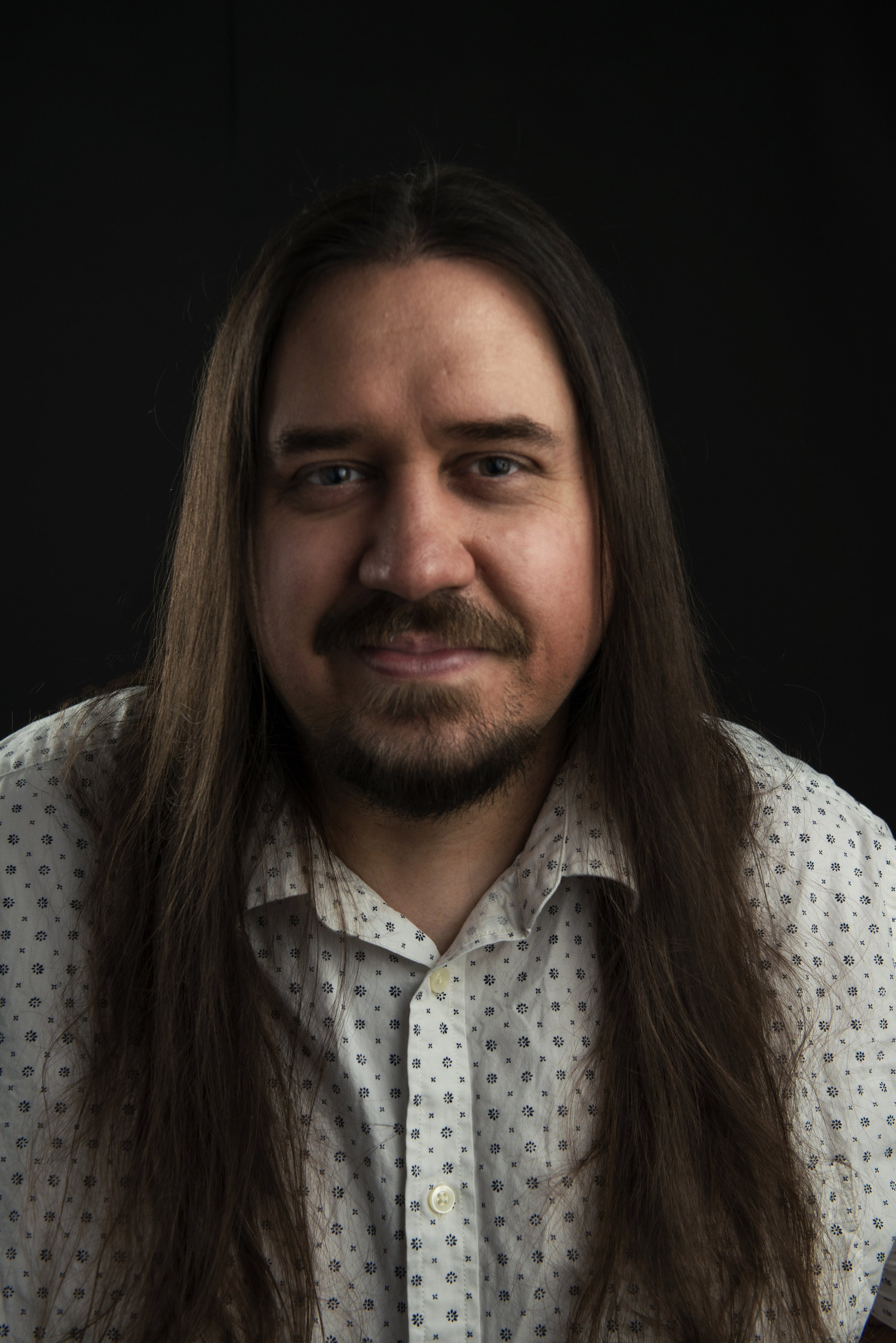3 Questions with Ahimsa Timoteo Bodhrán
Ahimsa Timoteo Bodhrán is a multimedia artist, activist/organizer, critic, and educator. A Tulsa Artist Fellow and National Endowment for the Arts Fellow, he is author of the poetry/photography collections, Archipiélagos; Antes y después del Bronx: Lenapehoking; and South Bronx Breathing Lessons. Bodhrán is editor of the international queer Indigenous issue of Yellow Medicine Review: A Journal of Indigenous Literature, Art, and Thought; and co-editor of the Native dance/movement/performance issue of Movement Research Performance Journal. Co-founder of the world’s first transgender film festival, he organized the first transgender people of color panel at the Association of Writers & Writing Programs (AWP) Conference & Bookfair; and the world’s first transgender Arab roundtable dialogue for Sinister Wisdom. He has received scholarships/fellowships from CantoMundo, Macondo, Radius of Arab AmericanWriters, Voices of Our Nations Arts Foundation, and Lambda Literary.
Poetry Editor Aída Esmeralda chats with Ahimsa about his work from Issue 72, out now!
Ahimsa, I’m so happy to chat with you after having gotten the chance to attend one of your AWP panels in March. Your panel was on Queer/Trans Ecoliteratures of Color and how to subvert the Euroheteropatriarchal “I” in the pastoral and other nature writing. During this panel, you told us to “resist nihilism” when re-writing ourselves back into the natural landscape, and one way you offered to do so was to always ask ourselves, “What am I allowing to live here?,” where the poem becomes a marker for decolonial existence through what it names and makes visible. What human and non-human relatives and neighbors do you find yourself keeping alive in your writing?
Thank you for your generous, deep, kind engagement of, and support for, my work. Interconstellated, my sense(s) of communities, geographies, and temporalities are layered and interwoven, each known and knowing through their relationships with one another. The work is a whole, is not separate, is iterative, echoes itself, reverbs. Sounds and images, motions, textures, concepts and materialities accrue, are continually redrawn, remapped, rewrapped, woven in against themselves. They carry, and (we) are carried by each other.
Forest-, sky-, and water-dwelling creatures are the relations I most write about, including our pasts and futures as humans, on land, in the water, heavens, and space. Always present, my work has become more palpably speculative over the years. Speculation for oppressed peoples is often about survival and thrival, decolonially (re)imagining what was, is, and could be (again). The worlds my poetics inhabit are both real(istically) and magic(ally) (mythic). They are worldbuilding/bridging. They are portals. Different(ial) mirrors, scrying glasses. They reveal to us who we are, were, might be (again). They are transformational transporters. Through them I am reconfigured, changed. Re/materialized, re/contextualized, re/situated. Hopefully, readers, listeners, observers—all audiences—are as well.
I deeply admire how expansive your approach to writing, art-making, and community archiving is. Your career spans a long time working in a variety of mediums and genres including writing, photography, and video arts. In the past you’ve described your work as “weaving visual, acoustic, performative, textual, and terrestrial techniques.” Could you speak more to how these techniques might be present in your poems published in Issue 72?
Thank you. While I still write by sitting down to write, by hand, by machine, I increasingly layer my voice verbally, work from motion, from visuality, sonics, terrestriality, working within other art forms and the realm of the senses to access, produce, and reshape, revise text in different ways, sometimes apparent to me from the beginning, and sometimes only revealing itself later. Sometimes the texts accompanies, is accompanied by, generated through, is woven with, visuals, sound, materials, motions, earth/water/windwork. Other times, those ways of accessing and understanding the world are primary, exist without text, are (an)other text(s). Sometimes the deeper dwelling, sensually, pan-aesthetically, produces new work. Sometimes it is the process that is documented. The process of (re)becoming more important than any particular, finite product, deliverable, performable, archivable.
The oceans are our future and our past. The skies, too. The skies beyond the skies, too, the heavens, the larger galaxy and universe, multiverse. This earth, this sun, the solar system whose spinning we are only beginning to know.
The earth is an archive, the multiverse. Each perception, one into the past and future. If we live in honor of our connectedness to all things, all times and places, there are ways through the traumas, ongoing violations of our peoples and nationhoods. There are means to reassemble, reconvene, recenter, ways to see ourselves rethreaded in the tapestry of all things. There we beat. There, collectively, we are unbeaten. And pulse. Pulse again.
Is there anything you’d like to share about your poems, “First day of mourning :: We enter the time of fires” and “Nautical: reef dweller” that we don’t know?
I write for my family. All my families. For chosen family, birth, queer. For the future family I hope to have. For the partner(s) who will know and love me. All is legacy. All is building a throughline. A memory. For working our ways into ancestorhood. To provide pathways for our descendants. For all those who come and follow us.
The language I write with is (are) the language(s) I have available to me today. Hopefully, I will be more fluent in all our tongues tomorrow. Hopefully, the work of the past, present, and future will honor each other. Speak to and through each other. I write the best we-three (I-he, I-she, I- they) can. So I am braided. So I am woven, unwoven, and we(ave) again.
